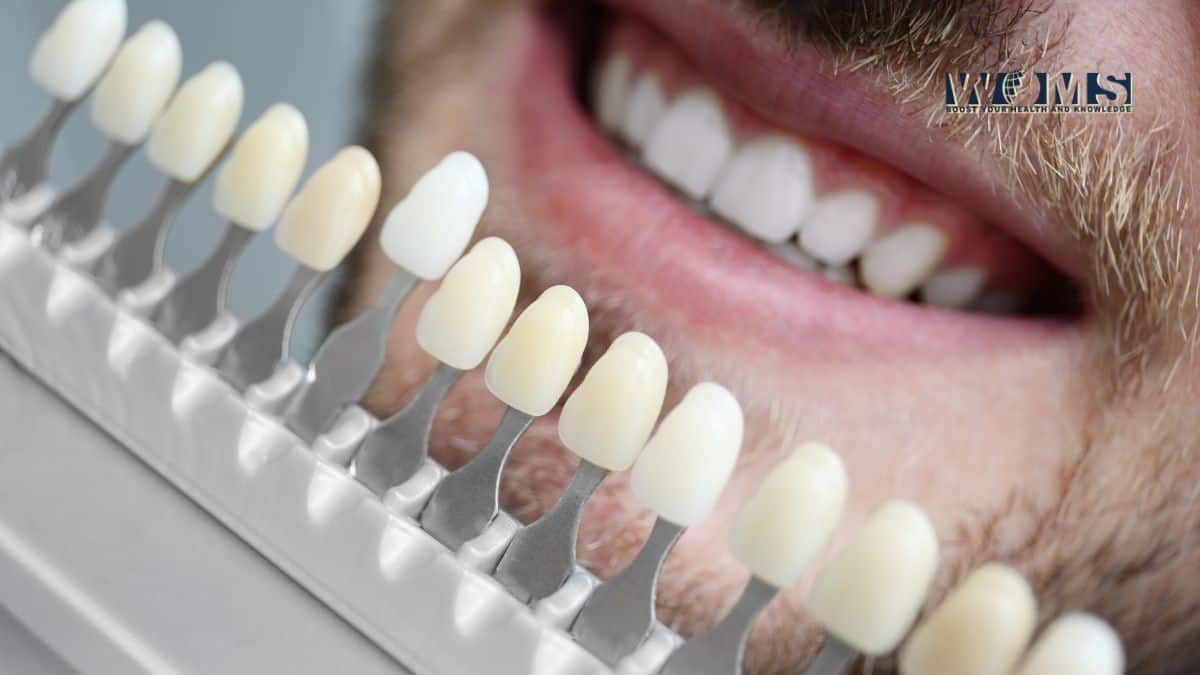Veneers Price

Although, veneer, like every other item, has a specific price tag. However, imagine walking into a bookshop, and you meet the bookseller that attends to you, then you request that you want to buy a book! The bookseller should expect you to further your request to be specific about which kind of book you want because the price tag of the book would vary depending on whether it’s a notebook or a book by an author.
Veneers’ price is also dependent on many factors. Some of the factors include;
- The kind of materials used
- Your location; which country do you reside
- The level of expertise of your dentist
- The number of veneers you need
What are veneers?
Are you blank on what veneers are all about? Dental veneers are thin, flat shell-like objects that look like the typical human tooth and are attached to the exterior surface of the teeth. They are made from resin-composite or porcelain materials to make the teeth appear better.
Dental Veneers treat various cosmetics problems, including the size of teeth, cracked or broken teeth, e.t.c. However, the number of veneers a patient will need depends on the need of the individual dental. For instance, if a tooth is broken, the patient will require just one veneer; if it is two, the patient will get two veneers. In cases of broken or chipped teeth, the patient will require the exact number of veneers needed to treat the chipped or broken teeth.
However, some people want to change the structure of their teeth, so they usually use a set of veneers. You would have seen celebrities that pose with a perfect smile, and you can wonder, how come their teeth arrangement appears so perfect? Not all bright teeth are formed naturally.
Types of veneers
There are various types of veneers and what differentiates them is the material they are made from. There are two major types of veneers and the sources they are made from.
The choice of which one to opt for requires the advice of those who are professional cosmetics dentists like those in Dentakay Clinic. They will guide you in deciding which one is best for you.
Composite dental veneers
These types of dental veneers are made from composite materials. Examples of composite materials include; quartz, resin, silicate, e.t.c. Composite materials are also products of both organic and inorganic matter.
Composite dental veneers have two different parts. Even though they are made from the same material, what differentiates them is not where their source is but how they are applied. We have direct composite veneers and indirect composite veneers.
Direct composite veneers
These are a type of composite veneer that is placed directly on the teeth. And this process can be concluded in a very short time. The application doesn’t require much time and is often regarded as the minimally invasive type of veneer.
Indirect composite veneers
As the name implies, this composite veneer is fixed indirectly, i.e., outside the mouth. It is fixed to the teeth using an adhesive. They can be made in a laboratory or dentist’s office.
The benefit of the indirect composite veneers over the direct composite veneer is that they can resist abrasions and fractures more than composite veneers. However, direct composite veneers are less costly compared to indirect composite veneers.
Porcelain dental veneers
These types of veneers are made from porcelain materials. Its method of application is quite similar to the application method of indirect composite veneers.
This veneer has the best qualities among all available veneers; it lasts longer, is durable, and can reflect light as natural teeth would, nor does it permit staining.
Which type of veneer is best, composite veneer vs. porcelain veneers?
How do you know which type of veneer suits you best? Both composites and porcelain veneers have their advantages and disadvantages. Before you choose the type of veneers you should go for; you should consider several factors; Consider the pros and cons of each type carefully.
Pros of composite veneers
- It is less expensive compared to porcelain veneers
- It is very easy to fix and requires a lesser amount of time.
- It is used for dental issues related to aesthetics.
Cons of composite veneers
- It is not durable; don’t last long
- It does not reflect light as natural teeth will
- It is prone to stain
- It gets damaged easily
Pros of porcelain veneers
- It is durable, more substantial, and lasts longer than composite veneers.
- It’s not prone to stain.
Cons of porcelain veneers
- It is more expensive.
- It is difficult to fix and may require you to visit your dentist more than once.
- You might require you to remove the teeth’ enamel.
How much do veneers cost?
Veneers are considered a cosmetic procedure. Hence, they are not often covered by insurance. The veneer’s price will depend on the type of veneer you want, either a composite veneer or a porcelain veneer. Having established that the latter is more costly than the former.
The composite veneer price is between $250 and $1500 per tooth. This implies that a set of composite veneers will cost about $4,000. (a set of dental veneers contains about six to eight veneers).
Porcelain veneer price is between $900 to $2,500 per tooth. Getting a set of porcelain veneers will be about $10,000 to $20,000.
Conclusion
Do you have issues with your teeth shape, or do you also desire that perfect smile like you see some people have? Then consider getting a dental veneer for yourself!
You can have those perfect teeth even if you don’t have them; naturally, technology has granted us the chance to have perfect teeth and smile again.
If you are considering the cost implication, you can go for a dental veneer that is less costly.




